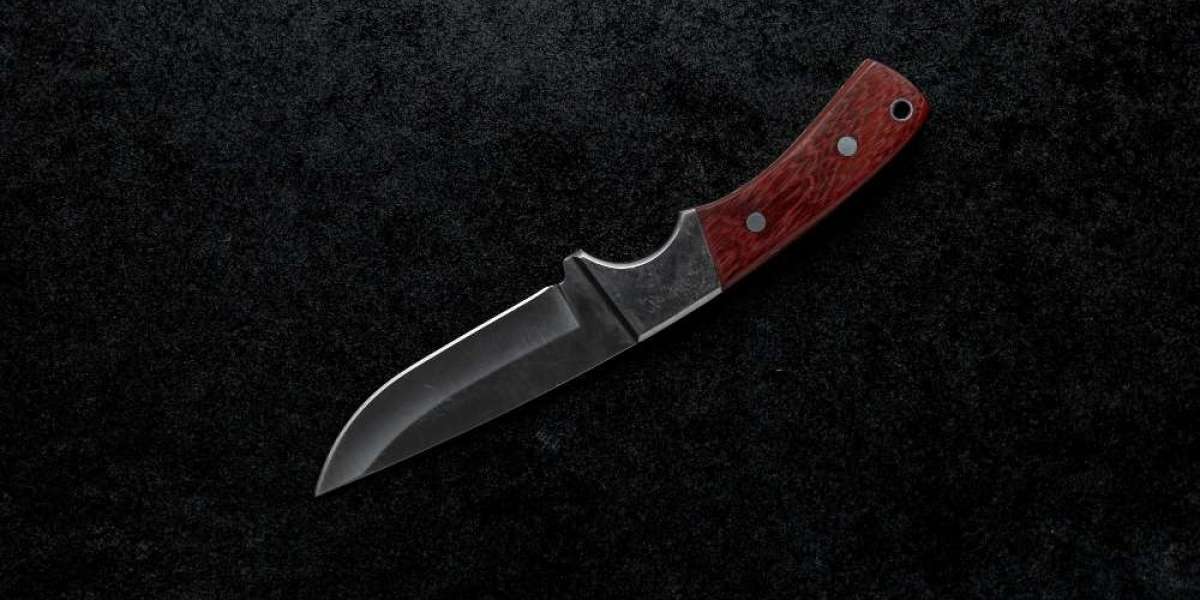Introduction
The curved silhouette of the karambit knife is unmistakable — compact, ergonomic, and steeped in centuries of Southeast Asian tradition. Originally developed as a small agricultural tool, the karambit knife has evolved into a symbol of craftsmanship, culture, and practical design. This article traces its origins, explains the reasoning behind its unique form, and highlights why it continues to fascinate collectors and designers around the world.
Origins and Cultural Significance of the Karambit Knife
The karambit knife traces its roots to the Malay archipelago and parts of Indonesia and the Philippines, where farmers and fishermen prized tools that combined utility with ease of carry. Its curved blade mimicked the shape of a claw — efficient for cutting plant fibers, opening coconuts, and performing precise tasks around the homestead. Over generations, the karambit knife became embedded in local martial traditions and ceremonial practices, gaining layers of cultural meaning beyond simple utility.
Anatomy — Why the Shape Matters
At first glance, the karambit knife looks like a scaled-down talon. That curvature is deliberate: it concentrates cutting force on a smaller radius, making slicing tasks more efficient. The ergonomic handle and often-present retention ring allow for secure grip and precise manipulation. While modern iterations include a variety of blade profiles and materials, the essential design philosophy of the karambit knife remains focused on control and compactness. Artisans today experiment with steels, handle materials, and decorative finishes, but they frequently stay true to the compact, claw-like form that defines the model.
Conclusion
The karambit knife stands at the intersection of tool, artwork, and cultural artifact. Its history—from agricultural implement to collector’s showcase—shows how form follows function and then evolves into symbolism. Whether appreciated for its craftsmanship, historical roots, or distinctive aesthetics, the karambit knife continues to spark interest across the globe while reminding us that well-designed tools often outlast the eras in which they were invented.














